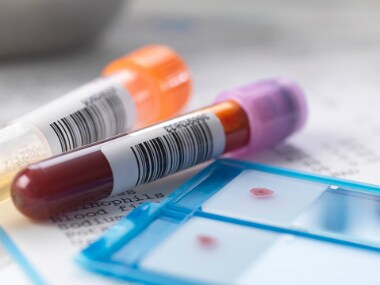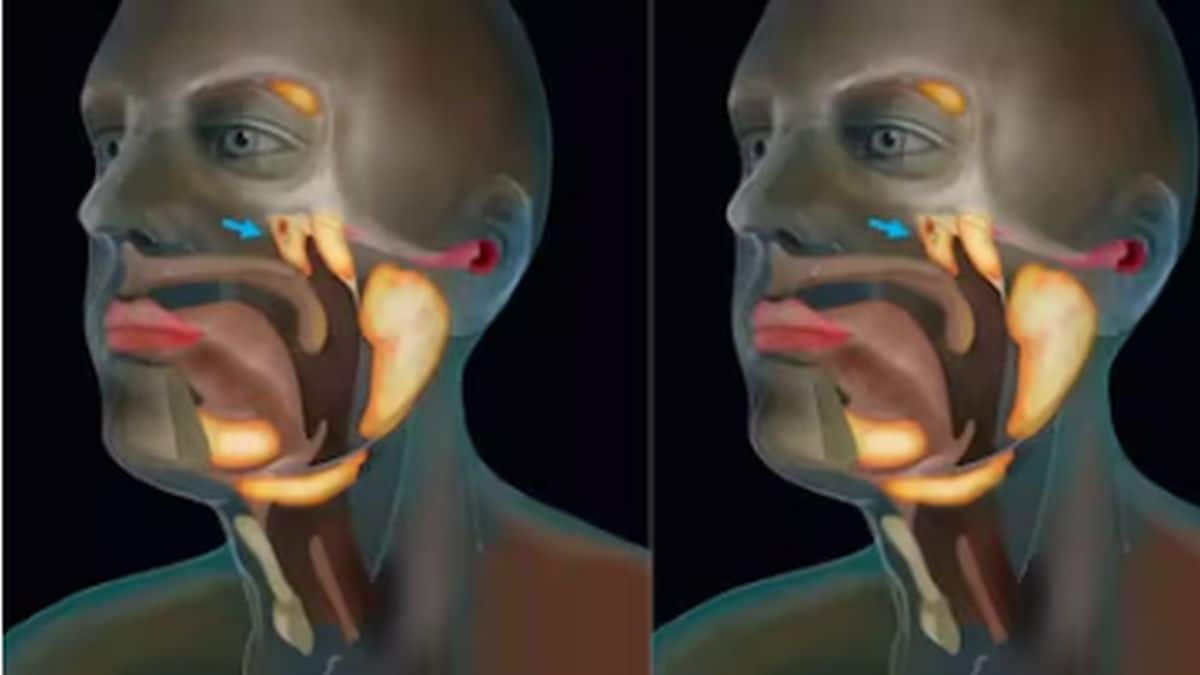New York has become the epicentre of the COVID-19 outbreak in the US. Around 39,000 infections and over 430 deaths have been reported from the concrete jungle, meaning that nearly half of all US cases are concentrated there. On the 23rd of March, the New York governor Andrew Cuomo announced plans to use blood plasma from coronavirus survivors to help treat hospitalized patients. The following day the FDA approved using the experimental technique to treat patients. [caption id=“attachment_5052161” align=“alignleft” width=“380”]  Representational image. Getty Images[/caption] Using the blood plasma of a survivor to treat a disease is called ‘passive therapy’ and has been around for over a century. It was tried during the Spanish flu of 1918 and more recently during the SARS epidemic as well as in treating Ebola. There are scattered studies showing improvement and decrease in viral loads, but the evidence for effectiveness against COVID-19 is still thin. The studies from SARS were small and uncontrolled and there is only anecdotal data from China suggesting that the therapy could work.
How does passive antibody therapy work?
The body mounts an immune attack in response to an infection and produces antibodies to kill it off. These antibodies remain in the blood plasma, also called convalescent plasma, and are triggered if the infection recurs. Their presence means that crucial time is not lost in the case of reinfection; an attack can be mounted swiftly and efficiently without the body sustaining too much damage. In passive antibody therapy, blood plasma is extracted from the body in a process called apheresis, purified to strengthen the concentration of antibodies and tested for other possible viral strains. This sample is then transferred to the recipient - provided that the blood group is a match and there is no risk for contracting any infections or triggering an immune response. Similarly, for COVID-19, survivors will have a high level of antibodies that may help the recipient ward off the infection until the body is able to mount its own response.
How is the process contextualized for COVID-19?
Mount Sinai hospital in New York — which is set to use passive therapy on its patients — has designed a test to check the levels of antibodies in survivors. Eligible donors must have tested positive for the virus, recovered from it and then displayed no symptoms for 14 days and maintained high levels of antibodies subsequently. The recipient will receive roughly one cup of the plasma (200-250 cubic centimetres) through transfusion and monitored for an immune response.
Are other approaches being tried?
Passive antibody therapy can be a fine stopgap measure as long as there is a sufficient amount of healthy donors. To overcome shortages in convalescent plasma, some pharmaceutical companies are looking at ways of preparing blood plasma banks - taking plasma from various donors and making concentrates out of it - to prepare for a surge in demand. There are also efforts to replicate mechanisms that have worked in the past. For example, other pharmaceutical companies are attempting to use animals such as horses to make larger volumes of plasma. Strains of the COVID-19 virus will be injected into the horses to trigger an immune reaction and the plasma then extracted. The idea is that the larger animal will produce a larger amount of blood plasma so a larger volume will be prepared. As mentioned above, the evidence is currently limited to blood plasma’s effectiveness as a treatment. However, the advantage is that there is no need to wait for a vaccine - which will take a year at least - and the technique may save those who get severely sick. Only time will tell if the technique works, and the flurry of research and studies will take us closer to more comprehensive treatments. For more tips, read our article on Who can get tested for COVID-19_. _ Health articles in Firstpost are written by myUpchar.com, India’s first and biggest resource for verified medical information. At myUpchar, researchers and journalists work with doctors to bring you information on all things health.


)

)
)
)
)
)
)
)
)



